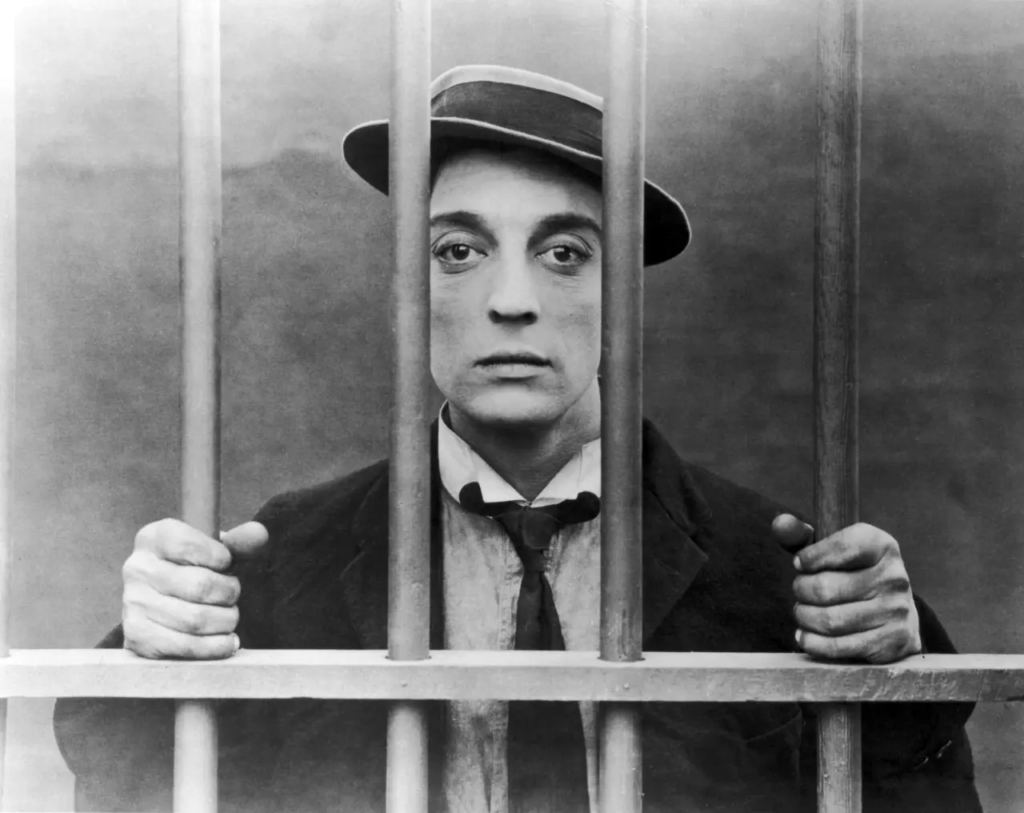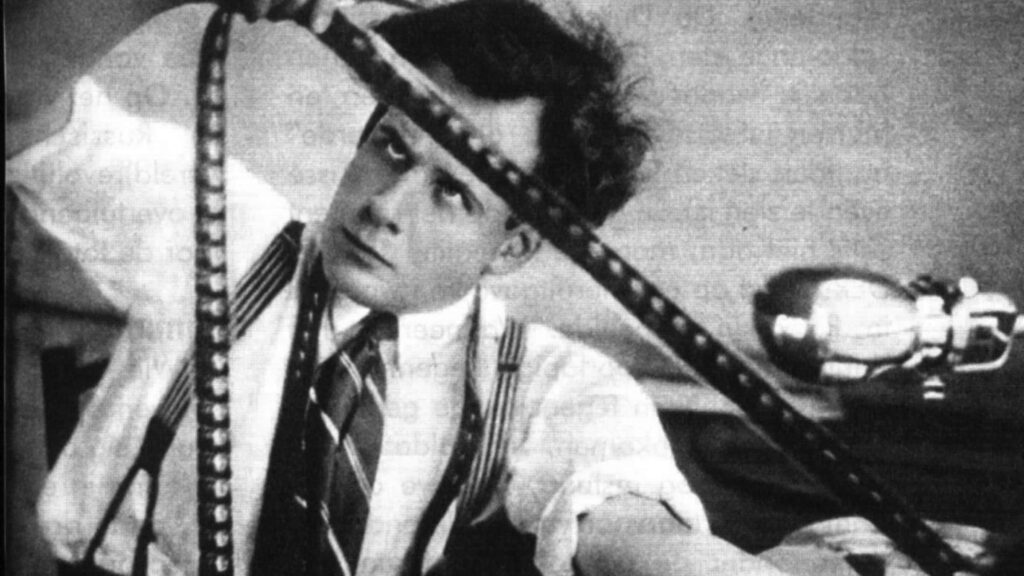Surrealism was an artistic movement that emerged in France. It explored the realm of the subconscious, dreams, and irrationality, challenging conventional norms of reality and giving power to the imagination. With its unique and innovative approach to storytelling, it usually creates a sense of wonder and mystery in the audience and often evokes thought-provoking ideas.
Surrealism has influenced various filmmakers and its spirit can be seen in films that blur the line between reality and fantasy.
“Un Chien Andalou,” a 1929 short film, is widely recognized as the first surrealist film. Directed by Luis Buñuel and Salvador Dalí, the film features bizarre and dreamlike sequences that challenge conventional narrative logic. You can view this 21-minute film on YouTube, and I highly recommend watching it to understand the origins of surrealism and its impact on contemporary filmmakers and their work.
Among contemporary filmmakers, David Lynch is known for creating surrealistic narratives using non-linear storytelling and dreamlike sequences. His films like “Mulholland Drive,” “Lost Highway,” and “Eraserhead” are perfect examples of surrealism.


In Indian cinema, directors have often incorporated elements of surrealism in their work, but the 1990s cult movie “Om Dar-B-Dar,” directed by Kamal Swaroop, can be considered an out-and-out surrealistic work due to its imaginative, non-linear, and unconventional approach that defies logic and conventional norms of filmmaking.
Surrealist films aim to tap into viewers’ subconscious, evoking emotions and creating a sense of the uncanny. They challenge traditional storytelling methods and invite audiences to explore deeper meanings and interpretations with the use of symbolism and metaphors.



